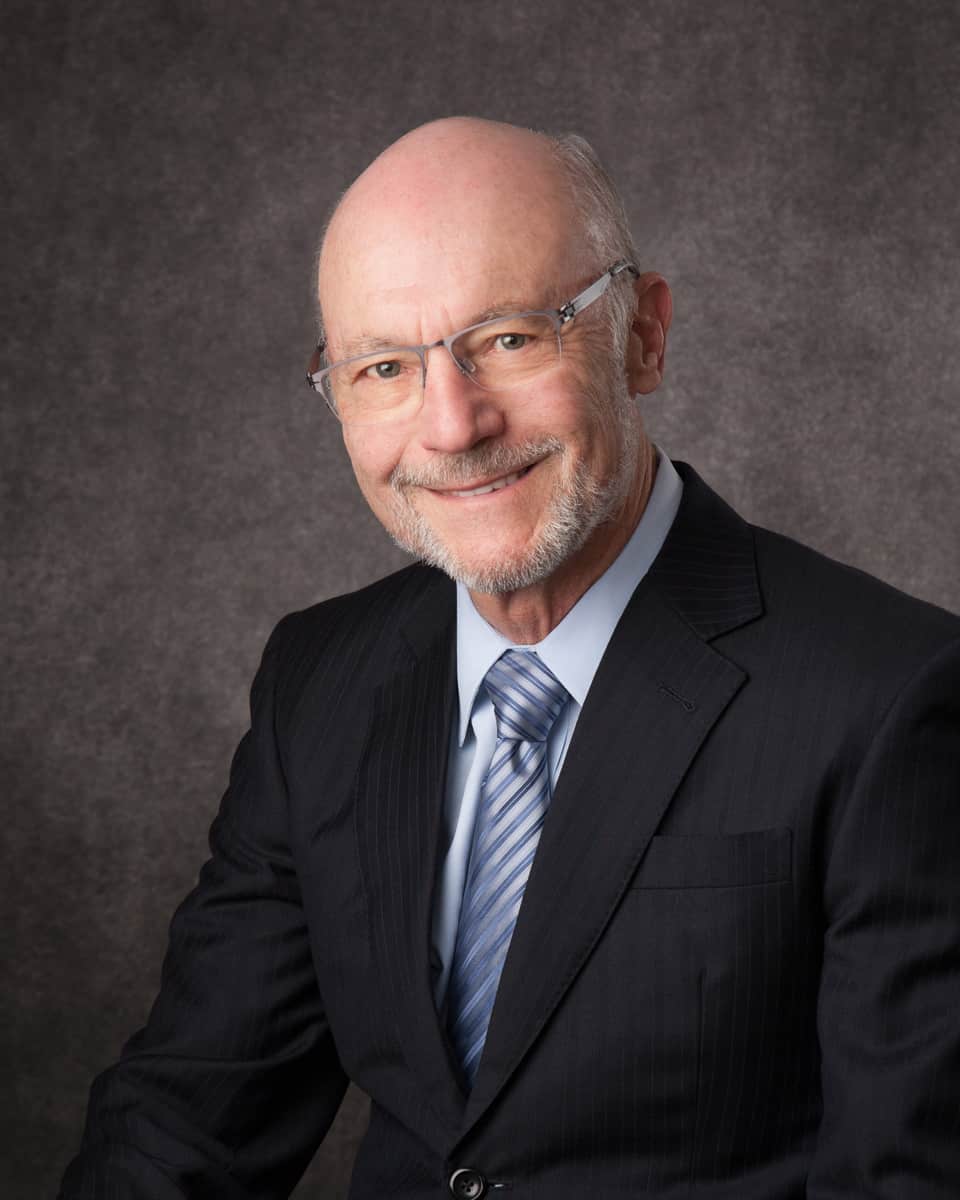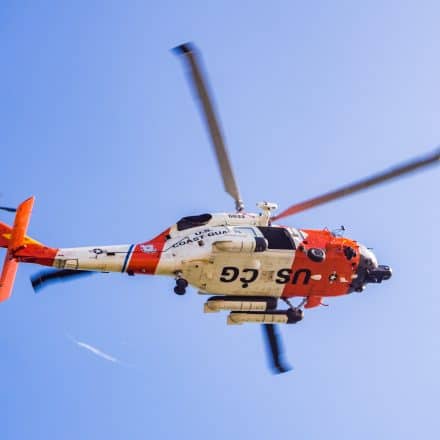An Overboard Long Island Lobsterman
- Explore:
- Overview
- Project Timeline
- Core Capabilities
The Metron-developed SAROPS tool led the Coast Guard to the rescue of a fisherman who had spent almost 12 hours in the water.

Every day the U.S. Coast Guard uses the Search and Rescue Optimal Planning System (SAROPS) to plan searches for people, boats, and ships that are lost at sea.
Metron developed the components of SAROPS that produce probability maps for the location of missing people and vessels and recommend search patterns to maximize probability of detection.
The maps account for the possible motion of the search object due to winds and currents as well as the effects of unsuccessful search.
SAROPS is a Bayesian search planning system based on Metron’s background in optimal search and its years of experience in planning successful search operations.
When a search and rescue problem arises, specially trained Coast Guard personnel run SAROPS at a Rescue Coordination Center to plan the search. The Coast Guard considers SAROPS to be one of its most reliable, effective, and useful software programs.
PBS NOVA special on SAROPS
Saving Lives
"Thank God they saved me. There is no better entity than the US Coast Guard to come save your ass when you're on the water."
Core Capabilities
Bayesian Search Planning
Metron uses our expertise and experience in Bayesian inference and search theory to produce a reliable search and rescue tool that the US Coast Guard has identified as one of its most effective software programs.
Decision Support
Metron builds decision-support systems that help operators make the best possible decision even in chaotic situations with ambiguous information.
Explore Decision SupportAnalytics
Metron's analytics team develops tools to process massive amounts of data, helping our client make sense of their numbers.
Explore AnalyticsKey Contributor
Dr. Lawrence D. Stone
Bayesian Search Theory Expert
Dr. Stone joined Metron in 1986. He became the chief operating officer in 1990 and the chief executive officer in 2004. In 2010 he returned to primarily technical work as the chief scientist. He is the author of The Theory of Optimal Search, which won the prestigious Lanchester Prize for the best work in Operations Research in 1975. He is co-author of the 2014 book Bayesian Multiple Target Tracking 2nd Ed. and the 2016 book Optimal Search for Moving Targets. Dr Stone led the Metron team in the successful search for the missing Air France flight 447. He also performed Bayesian analysis leading to the discovery of the SS Central America off the coast of South Carolina in 1987 and conducted on-scene analysis for the US Navy in the search for the submarine Scorpion off the Azores in 1968.
Key Contributor


Next Project
Locating Gold Mines in Ecuador
Metron used search theory to help the Canadian exploration company, Aurania, search for the lost 16th Century gold cities of Logroño de los Caballeros and Sevilla del Oro in the Ecuadorian jungle





